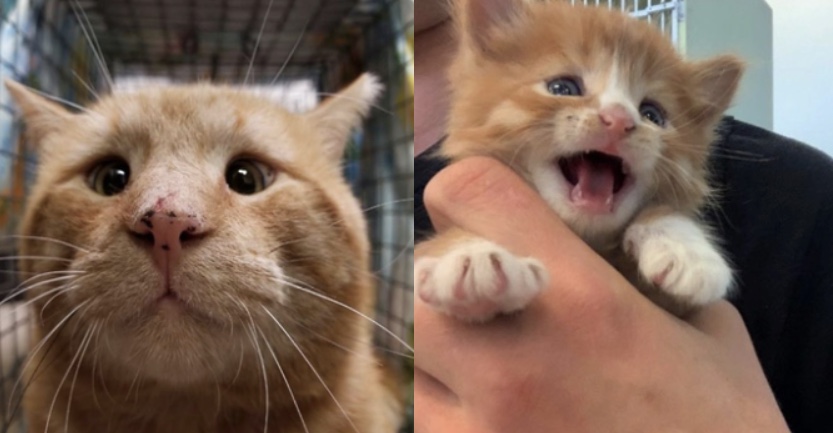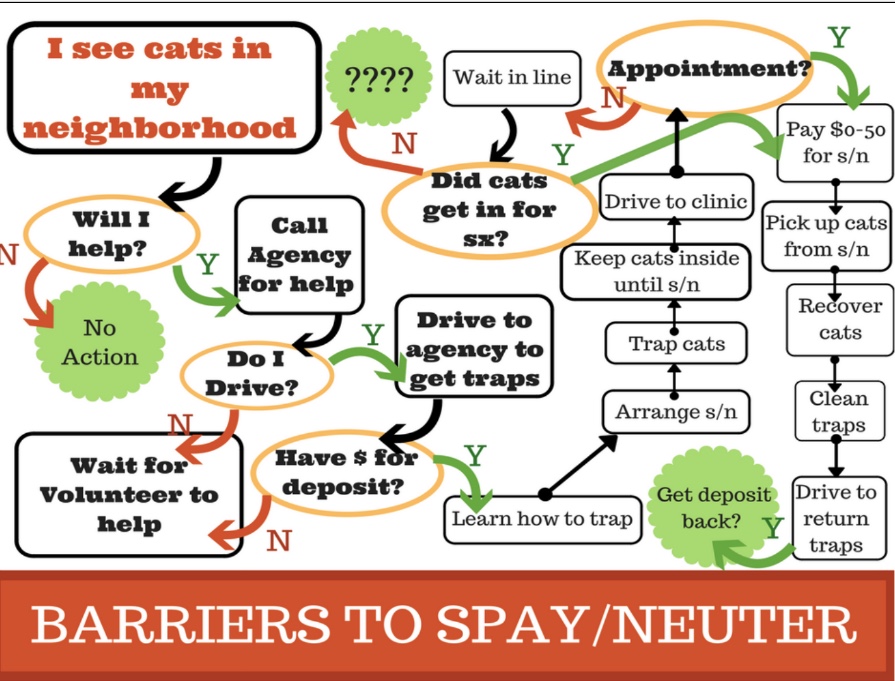News, ideas & inspiration from industry leaders

Program Snapshot: Metro Denver CAT
In celebration of Spay/Neuter Awareness Month, this week’s Innovation Bank features Metro Denver CAT. This model coalition conducts TNR and connects residents with spay/neuter and wellness resources for both owned and community cats. You can listen to the short, recorded webinar about the program here.
5,000. That’s the number of cats served by Metro Denver CAT in its first four years alone. And these 5,000 cats were from areas that needed services the most—areas where folks couldn’t access or weren’t aware of available resources. Project Manager Anna Murrin shares insights as to how and why the program works. (Hint: collaboration and focus.)
They Did Their Research First
“We were noticing a lot of organizations promoting spay/neuter,” says Murrin, “but were still finding that people were not able to get to these resources.” The services were free, so money wasn’t the issue. Community surveys in high-risk areas found that lack of time and transportation were major factors. An even bigger takeaway was that folks were simply not aware of the services: 90% of owned cats in these areas had never been to the veterinarian, and 80% of respondents did not know about Denver organizations that helped cats.
Respondents were also surveyed about barriers to TNR. The following chart shows all the obstacles that someone wanting to help an unowned cat in the community might face:
These findings were brought to local organizations and—here’s the kicker!—a conversation was started to find solutions collaboratively. With input from Feline Fix, Dumb Friends League, Denver Animal Shelter and Denver Animal Services, a need was identified for a new program to focus on community outreach. That’s when Metro Denver CAT became the coalition it is today.
They’re Flexible
Metro Denver CAT recognizes that communities are always changing—so they, too, need to be flexible with the services they offer. And rather than investing resources in a permanent facility, they rent in locations that are most accessible to the communities they serve. This makes door-to-door outreach easier, which, they found, is the best way to reach people who are not actively seeking services.
They Do High-Volume TNR
After interviewing the volunteers who did most of the TNR work in the community, Metro Denver CAT made some innovations to the traditional TNR model. They began to trap 2 consecutive days per week, during regular business hours, which most volunteers were unable to do.
“We’d load up our van and go on our route through the neighborhood,” says Murrin. They didn’t wait onsite, but instead enlisted volunteers near the sites to monitor throughout the day. In this way, shares Murrin, “We can trap at higher volume than if we go to one place and wait all day. We are able to trap 10-50 cats per week.”
And the results? After looking at intake stats from their partner shelters over several years, there was an overall decrease in cat intake—and a 15% GREATER decrease in areas that Metro Denver CAT was focusing on.
Food for thought if you’ve got a goal around cat intake: Based on the results they saw, says, Murrin, “We really recommend shelters consider TNR not just being a volunteer activity,” but allotting staff time for it.
Listen to the 23-minute recording for additional program details, including results from follow-up surveys showing a change in perception about community cats.
More from The Innovation Bank
4 Behavior Tips for Shy Cats
Dog Day Foster & Field Trip Programs
8 Facts About Pot-Bellied Pigs for Potential Adopters
4 Ways to Help Horses Without Breaking the Bank



